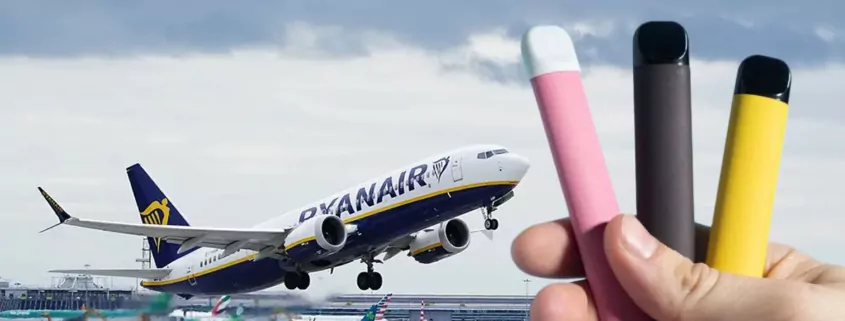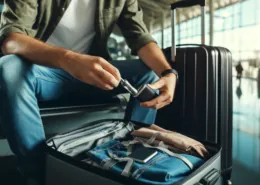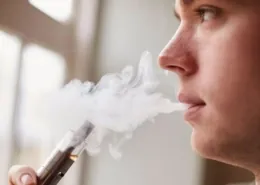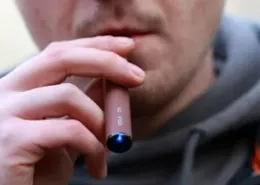FAA Warns: Vaping on Planes Could Result in $4,000 Fine
Vaping on an airplane is not only prohibited but can also result in hefty fines of up to $4,000, and in extreme cases, even arrest or imprisonment. As the busy summer travel season approaches, it’s crucial for passengers to be aware of the strict rules governing the use of e-cigarettes and vaping devices on planes.
The Federal Aviation Administration (FAA) treats vaping the same as smoking, and anyone caught using an e-cigarette on a plane can face severe penalties. In addition to the potential $4,000 fine, violators may also be subject to criminal charges, making it essential to adhere to these regulations.
Understanding the Rules for Traveling with Vapes
While passengers are allowed to bring vaping devices on flights, there are important guidelines to follow to ensure a smooth and trouble-free travel experience:
First and foremost, the device must be completely powered off and packed in your carry-on luggage, not checked baggage. This is because vapes are classified as Portable Electronic Devices (PEDs) by the FAA, just like laptops and power banks, due to the fire risks posed by their lithium batteries.
When packing your vaping supplies, it’s important to note that vape juice is considered a liquid and must be stored in a clear plastic bag that meets the Transportation Security Administration’s (TSA) 3-1-1 liquid rule. This rule limits the amount of liquid to 3.4 ounces per container and requires it to be placed in a quart-sized clear bag.
Additionally, any vaping device containing a lithium battery must be placed in a sealed bag within your carry-on luggage to prevent fire hazards. It’s also wise to check with your airline about their specific policies for traveling with vapes, as some airlines may impose additional restrictions on the number of devices that can be carried.
Key Takeaways for Summer Travelers
- Vaping on planes is strictly prohibited and can result in fines up to $4,000, arrest, or imprisonment.
- Vaping devices must be completely powered off and packed in carry-on luggage, not checked baggage.
- Vape juice is considered a liquid and must comply with the TSA’s 3-1-1 liquid rule.
- Lithium batteries in vaping devices must be placed in a sealed bag within carry-on luggage.
- Check with your airline for specific policies on traveling with vapes.
- Research and understand the vaping laws in your destination country to avoid fines or legal issues.
- Be aware of the potential health risks associated with vaping, even though it may be considered a safer alternative to smoking.
Navigating International Vaping Laws
Travelers should also be aware of the laws regarding e-cigarettes in the countries they are visiting. Some nations, such as Argentina, Brazil, Brunei, Cambodia, India, Jordan, Mexico, and Nicaragua, have completely banned the sale, distribution, and use of e-cigarettes. Violating these local laws can result in significant fines or even legal action, so it’s crucial to research and understand the regulations in your destination country.
By understanding and following these guidelines, summer travelers can ensure a safe and enjoyable trip without running afoul of the FAA’s strict rules on vaping. Remember, the consequences of vaping on a plane can be severe, so it’s always best to err on the side of caution and refrain from using e-cigarettes while in flight.
Health Concerns Surrounding Vaping
While vaping has been promoted as a safer alternative to smoking, recent studies suggest that e-cigarettes may carry similar health risks. Researchers have pointed out that vaping could potentially lead to cancer in a manner similar to traditional tobacco smoking. Although vaping may help some smokers quit, it is not without its own set of health concerns, and passengers should be aware of these risks when considering their use of e-cigarettes.
- Malaysia Negeri Sembilan Backs Vape Ban, Awaits Clear Laws - August 5, 2025
- Is It Illegal to Vape or Smoke While Driving in Massachusetts? - August 5, 2025
- Austria Plans to Ban Disposable E-Cigarettes - August 5, 2025









